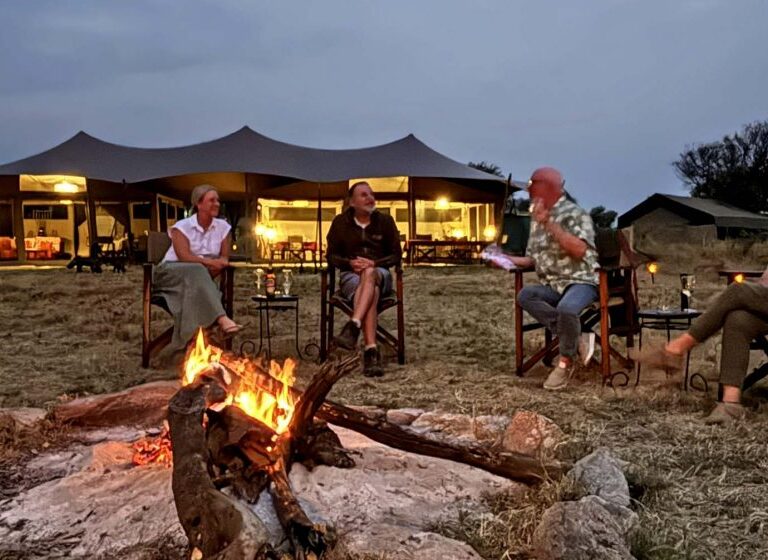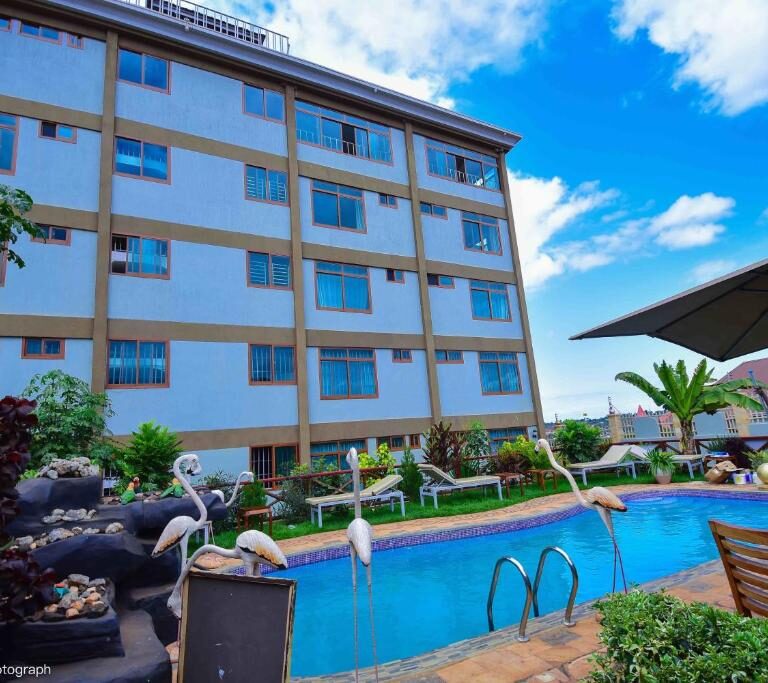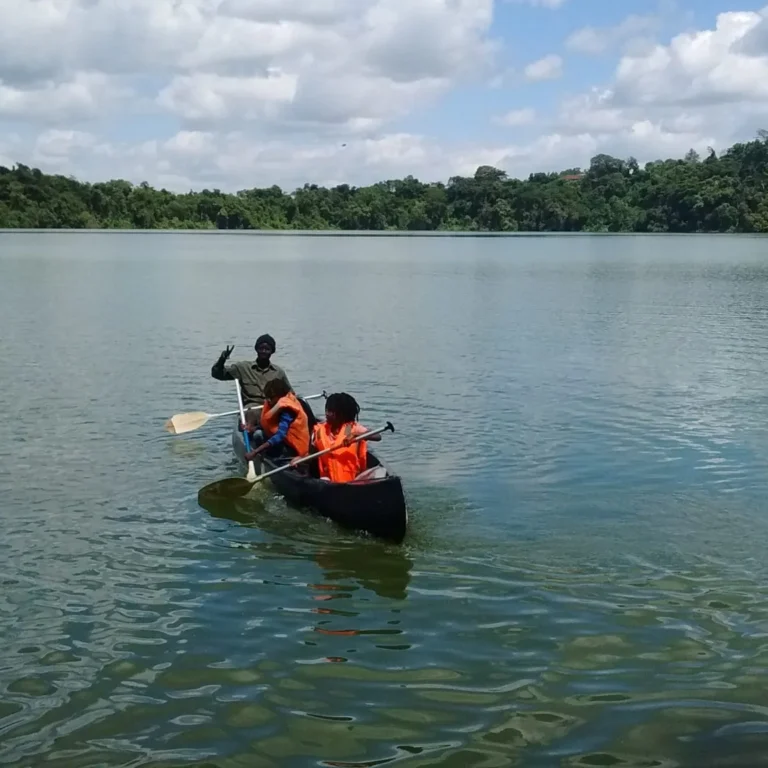Arusha and Moshi Town Where Do the Kilimanjaro Climbs Begin!
Embarking on a journey to conquer the majestic Mount Kilimanjaro is a dream shared by many adventure enthusiasts. The allure of standing on Africa’s highest peak is undeniable, but the first question that arises is, “Where do the Kilimanjaro climbs begin?” In this comprehensive guide, we unravel the mysteries and intricacies of the starting points, paving the way for an unforgettable ascent. Where Do the Kilimanjaro Climbs Begin? Our climbs usually begin in Moshi, which is just a 40 km or 25 miles drive away. Moshi is the gateway town to Mount Kilimanjaro and the Kilimanjaro basecamp, located at the foot of the mountain with an elevation of approximately 914 meters or 3,000 feet to the south.
The Majesty of Mount Kilimanjaro
Mount Kilimanjaro, with its snow-capped summit and diverse ecosystems, beckons climbers from across the globe. Before diving into the ascent, understanding the different starting points is crucial for a well-planned and enjoyable expedition.
Exploring the Key Starting Points
Breathtaking and majestic, Mount Kilimanjaro stands tall as Africa’s highest peak. The journey to its summit is a cherished dream for many adventurers. Let’s navigate through the starting points that pave the way for this extraordinary ascent.
1. Marangu Gate: The Gateway to Kilimanjaro Dreams
Nestled on the mountain’s southeastern side, Marangu Gate serves as a popular starting point for climbers. As you set foot on this trail, lush rainforests surround you, creating a harmonious blend of nature and adventure. The Marangu Route, often dubbed the “Coca-Cola Route” for its relative ease, is a classic path for those seeking a less challenging but equally rewarding ascent.
Distance: 72 km
Average duration: 5-6 days
Average difficulty: Marangu route has one of the lowest summit success rates of all the routes up the mountain. Although it is known as the easiest trekking route, the summit success rate is sometimes as low as 50% when travellers undertake a shorter hike.
2. Machame Route: A Wilderness Odyssey
The Machame Route, one of the popular trekking paths to Mount Kilimanjaro, starts at Machame Gate. Situated on the southern slope of the mountain in Tanzania, Machame Gate serves as the entry point for climbers choosing this scenic route. The trail meanders through diverse landscapes, including rainforests, moorlands, and alpine deserts, offering breathtaking views along the ascent. As climbers embark on their journey to Uhuru Peak, the highest point on Kilimanjaro, they begin their adventure by passing through Machame Gate, marking the starting point of the Machame Route and descending to Mweka Gate.
Distance: 62 km
Average duration: 6-7 days
Average difficulty: A 7-day hike often shows a higher success rate of approximately 85%. A 6-day hike generally shows a lower success rate of 70%. Less experienced hikers are advised not to rush and aim at 7-day hike for higher chances of reaching the summit.
3. Lemosho Route: Where Serenity Meets Adventure
The Lemosho Route for climbing Mount Kilimanjaro begins at the Londorossi Gate. This gate is located on the western side of Mount Kilimanjaro in Tanzania. The trailhead at Londorossi is the starting point for hikers choosing the Lemosho Route, which is renowned for its scenic beauty and gradual ascent through various ecological zones. The route eventually converges with the Machame Route, providing a diverse and captivating trek to the summit of Africa’s highest peak.
Distance: 70 km
Average duration: 7-8 days
Average difficulty: The success rates are high, and the longer you take to complete the journey often shows a higher success rate. An 8-day hike usually offers around a 90% success rate while a 7-day hike will be around 85%. For a 6-day hike, the success rate will be much lower at approximately 65%.
4. Rongai Route: The Less-Traveled Path
Escape the crowds and embrace solitude on the Rongai Route, starting from the northern side of Kilimanjaro. This less-traveled path offers a sense of exclusivity, allowing climbers to immerse themselves in the quiet majesty of the mountain. Starting Arusha drive to Rongai Gate!
Distance: 73 km
Average duration: 6-7 days
Average difficulty: This route is considered difficult as it does not offer the same climb height. The longer you take to complete this trail, the higher the success rate will be. A 7-day hike often sees an 80% success rate, and a 6-day hike is much lower at 65%.
5. Umbwe Route: The Challenge of Vertical Ascent
Daring climbers accept the challenge of the Umbwe Route, known for its steep ascents and adrenaline-inducing heights. If you crave an ascent that pushes your limits, this vertical path provides a thrilling adventure.
Distance: 53 km
Average duration: 5-6 days
Starting Point: Umbwe Route Gate
Average difficulty/success rate: As the most difficult and demanding trek on Mount Kilimanjaro, Umbwe has a much lower success rate than the other trails. This route should only be attempted if you are an experienced or confident hiker.
6. Shira Route: A Panoramic Expedition
Commencing from the Shira Plateau, the Shira Route offers a panoramic perspective of Kilimanjaro’s breathtaking landscapes. Immerse yourself in the grandeur of the mountain, witnessing its beauty from a vantage point that few have the privilege to experience.
Distance: 56 km
Average duration: 7-8 days
Average difficulty: Shira has an excellent success rate. However, it should only be tackled by more experienced climbers or those who are comfortable with their ability to acclimatise as the first day is incredibly steep.
7. Northern Circuit Route – Kilimanjaro’s Longest & Newest Route
Northern Circuit Route begins at the Londorossi Gate and makes its way up the western side of the mountain. The trail passes through the rainforest and climbs onto the Shira Ridge. A Typical Day on Northern Circuit Route heads north and circles clockwise from the Moir Hut to Buffalo Camp and School Hut. The Northern Circuit route follows the Lemosho trail at the start before travelling along the northern slopes where trekkers can enjoy more space on the trails.
Distance: 98 km
Average duration: 8-9 days
Average difficulty: Because of its length, the Northern Circuit is one of the most successful routes for reaching the summit and sees a success rate of almost 95%.
Practical Considerations: Beyond the Starting Points
Understanding where the Kilimanjaro climbs begin is just the initial step. To ensure a safe and enjoyable ascent, consider practical factors such as weather conditions, altitude, and personal fitness levels. Adequate preparation is key to transforming your dream into a reality.
Narrative information where does Kilimanjaro climbing Start or Begins?
Mount Kilimanjaro climbs typically begin in Moshi, Tanzania. Moshi serves as the gateway town to this majestic mountain. It is located at the base of Kilimanjaro’s southern side, approximately 3,000 feet (914 meters) above sea level. Here are some details about the starting points for Kilimanjaro climbs:
Moshi: Where Do the Kilimanjaro Climbs Begin?
Our climbs originate in Moshi, which is only a 40-kilometer (25-mile) drive away from Kilimanjaro. This coffee-producing town provides a convenient starting point for trekkers embarking on their Kilimanjaro adventure. Hotel accommodations before and after the climb are included in the trip cost.
Flights to Kilimanjaro Airport
If you fly into Kilimanjaro International Airport (JRO), we can arrange transportation from the airport to your hotel in Moshi. The drive takes approximately 40 minutes. While most climbers choose to begin their ascent the following morning, it’s advisable to consider a rest day to recover from the flight and adapt to the new environment.
Arusha: Where Do the Kilimanjaro Climbs Begin?
Arusha, located about 50 miles west of Moshi, is another starting point. We can arrange private vehicle transfers between Moshi and Arusha if needed. Taxis and shuttles are also readily available for the 90-minute drive between these two towns.
Domestic Flights:
If you wish to explore other parts of Tanzania or East Africa (such as Zanzibar, Kenya, or Uganda), consider domestic flights. Vayama is a good source for booking these flights.
Flying to Nairobi or Dar es Salaam:
While flights into Nairobi (Jomo Kenyatta International Airport) or Dar es Salaam (Dar es Salaam International Airport) may be cheaper, reaching Moshi from these cities involves additional logistics, including overnight stays and bus rides. We recommend flying directly into Kilimanjaro International Airport (JRO) for the most convenient access to Kilimanjaro. Whether you start from Moshi or Arusha, your Kilimanjaro adventure awaits!
Where is Mt Kilimanjaro? Location, Features & Facts.
Located in Tanzania, Kilimanjaro Location. Mount Kilimanjaro is the African continent’s highest peak at 5,895 meters (19,340 feet). The majestic mountain is a snow-capped volcano. Located in Tanzania, Mount Kilimanjaro is Africa’s tallest mountain at about 5,895 meters (19,340 feet).
Where to start a Kilimanjaro Climb Adventure?
Most Kilimanjaro trekking parties begin from Moshi, a bustling small town at the mountain’s base where tourist stalls, restaurants, tailors, and banks, line up the streets. You’ll find your registered guides and licensed trekking companies that will lead your climb here. Mount Kilimanjaro from Kilimanjaro Airport the best option would be to pick one of the direct flights into Kilimanjaro airport, located approximately 45 kilometres from the towns of Moshi, Marangu or Arusha as this is where most climbs will start or where your small group tour will meet. Airlines that fly into Kilimanjaro airport include:
KLM
Turkish Airlines
Ethiopian Airlines
Emirates
Qatar
Travelers should note these direct flights or airlines may be subject to change, please check the airlines websites and the Kilimanjaro Airport one for further information.
How do you get to Kilimanjaro?
To reach Kilimanjaro, you have a few options depending on your starting point:
Kilimanjaro International Airport (KIA) is the primary gateway. Some direct flights operate from select European cities like Amsterdam and Zurich, as well as Middle Eastern cities like Doha and Istanbul. However, most travelers will likely need to fly through another African city such as Dar es Salaam, Arusha,
Overland Adventure: For the adventurous souls, an overland journey from Europe or South Africa to Tanzania is possible. This route involves traveling by bus, car, or train along the main Trans-African route from Cape Town to Cairo.
From Nairobi: If you’re starting from Nairobi, you can take a 2-hour 19-minute flight from Nairobi (NBO) to Kilimanjaro (JRO).
Once you arrive, you’ll need to make your way to Kilimanjaro National Park and then proceed to the base of the magnificent mountain itself. Whether you choose the skies or the roads, the journey to Kilimanjaro promises excitement and awe!
Where do you start climbing Kilimanjaro?
There are Seven main Mount Kilimanjaro routes which lead to the summit, Uhuru Peak, one of which starts on the Northern side of the mountain and the rest on the Southern side. The routes are Marangu, Machame, Lemosho, Shira, Rongai, Northern Circuit and Umbwe.
What will happen on arrival in Arusha or Moshi before climbing Kilimanjaro?
On your arrival day we will take you to your accommodation and give you a first briefing. You will meet your mountain guide for a health check up and to check your Climbing Gear. We will also ask you for your required Travel Insurance.








